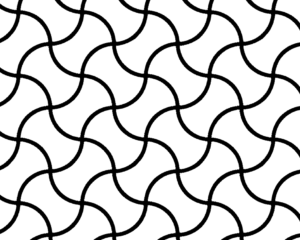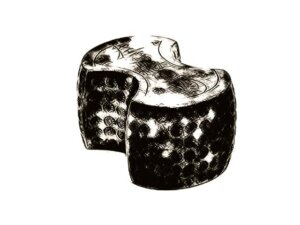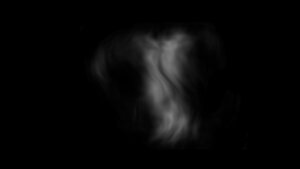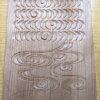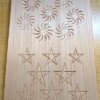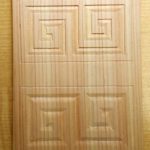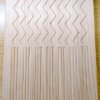How to carve patterns Part 8 ~Bundo-Tsunagi and Tatewaku~
This time, I simply carve a pattern made up of curved lines using a single sharp chisel.

The patterns we are working on are "Bundo-tsunagi" and "Tatewaku". Perfect for practicing carving curves with a sharp chisel .
A "Bundo" is a lump of metal that serves as a mass standard used to measure mass with a balance. "Bundo-Tsunagi" is a pattern made by connecting "Bundo" in a pattern.
"Tatewaku" is a pattern that uses curved lines to represent water vapor rising up.
It looks simple, but if you don't know anything about wood, it will become loose and you won't be able to clean it, so don't let your guard down.
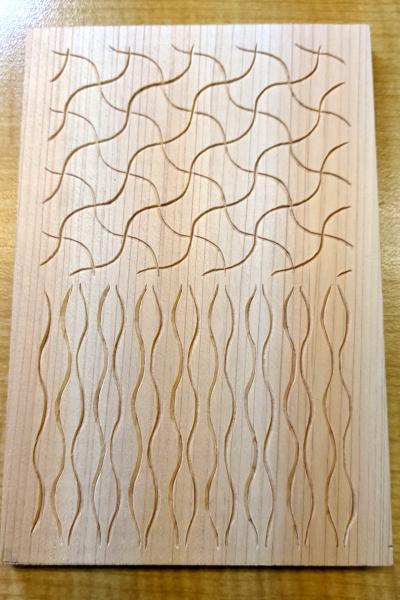
Preparation
Use carbon paper to trace "Bundo-Tsunagi" and "Tatewaku" onto a postcard-sized wooden board. This time, I only copy the parts to be cut into it (the parts to be cut are explained later). The sketch can be downloaded from here (PDF of Bundo-Tunagi and Tatewaku) , so please use it.
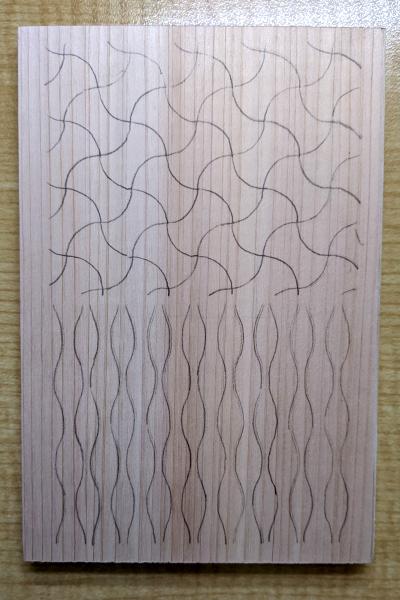
1.How to carve Bundo-Tsunagi
Make a cut on the red line (top of the black line) and carve a slope on the black line so that it intersects with the cut.
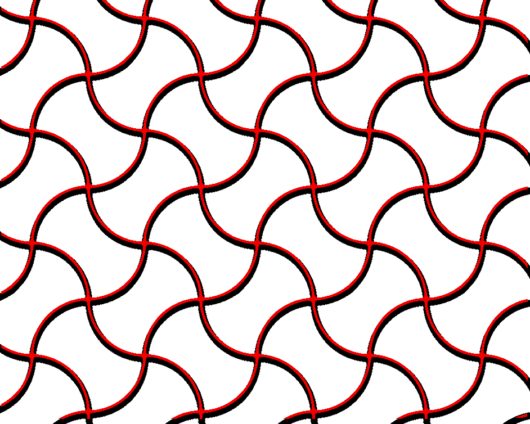
The cross section look like this:
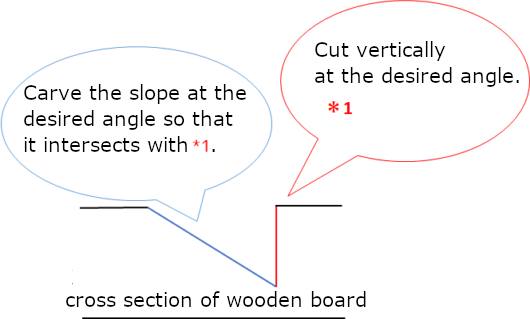
Make a cut according to the flow of the curve,

Carve a slope so that it intersects with the cut. By using the front and back blades of a sharp chisel to carve, you can obtain beautiful carving marks.
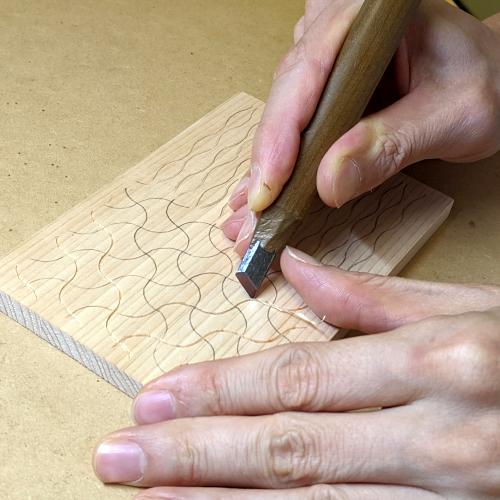
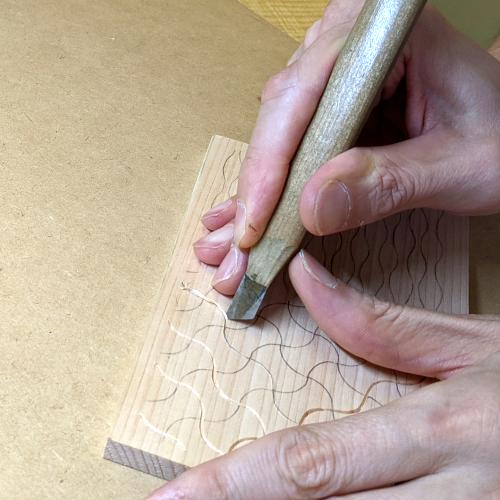
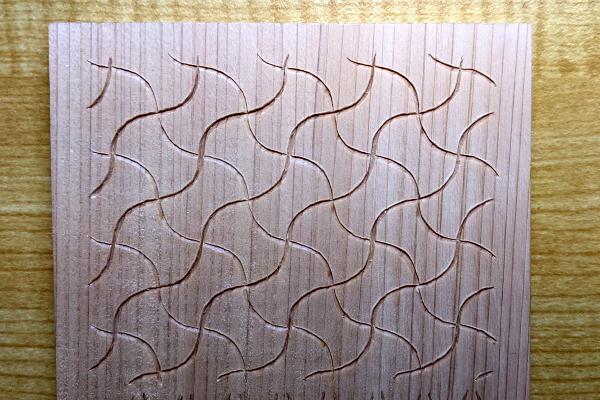
2.How to carve Tatewaku
"Tatewaku" is also carved in the same way as "Bundo-Tsunagi". Make cuts on the red line (tracing the left and right ends of the black line alternately) and carve a slope on the black line along the cut.

It may look easier than "Bundo-Tsunagi", but it is extremely difficult as you will not be able to carve cleanly unless you frequently change the direction in which you insert the chisel. Let's approach this with a calm mind.
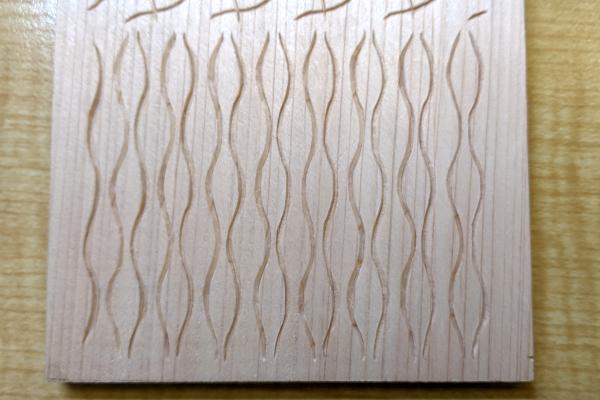
How to carve patterns
- From the lattice to the scales
- Raimon
- Asanoha and Sayagata
- Seigaiha and Sippo-Tsunagi
- Higaki and Kumikikko
- Mimasu-Tsunagi and Mimasu-Chirashi
- Ryusui
- Bundo-Tsunagi and Tatewaku ←Current page displayed
- Yamajimon and Misujidate
- Kemanmon and Gobosei
- Chidori and Chidori-Goshi
- Nejiume (Twisted plum)
- Kikubishi and Yaegiku
- Ichimatsu and Sankuzushi
- Kikko and Yagasuri
- Clouds
- Waves

